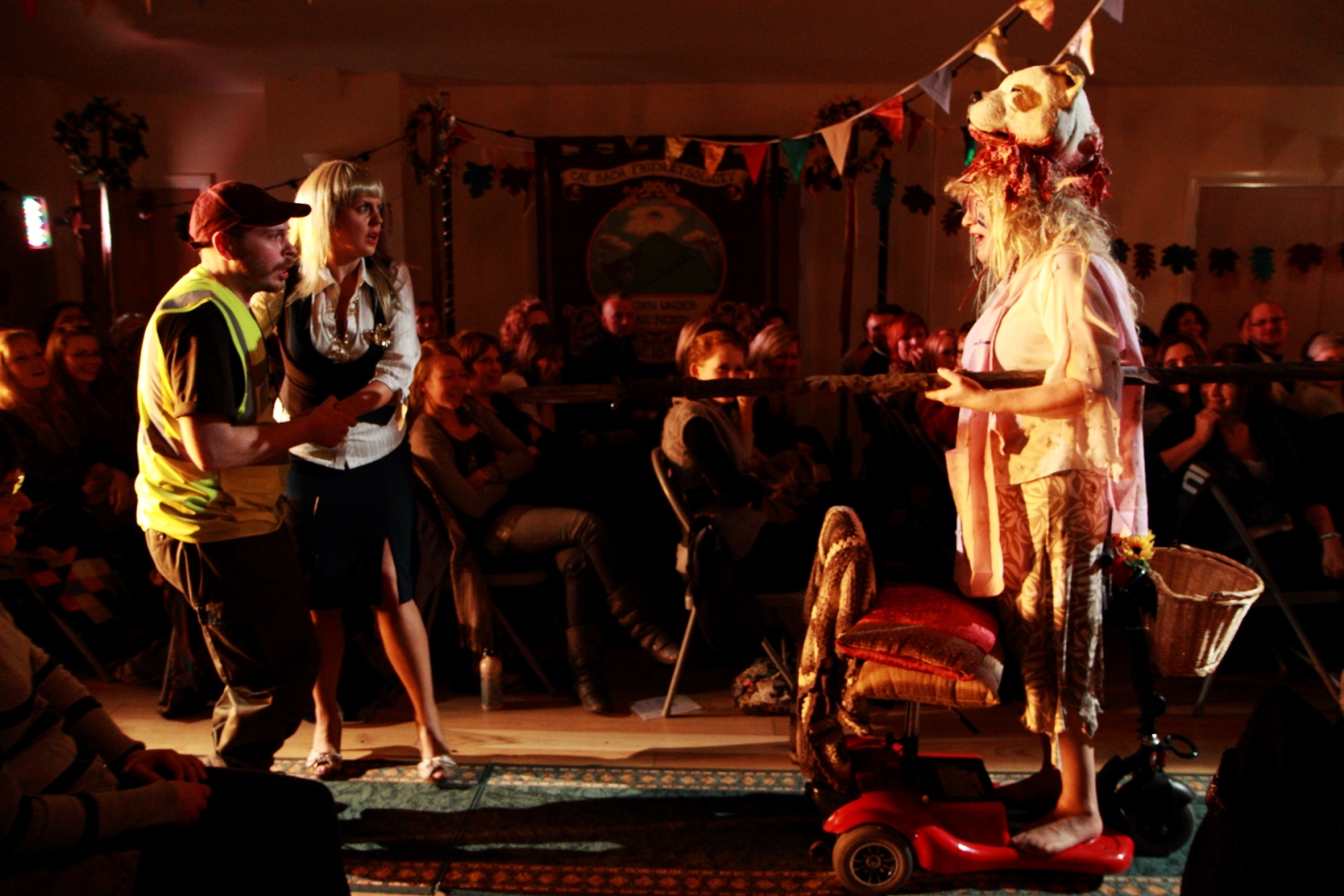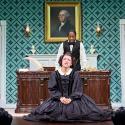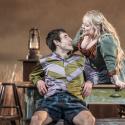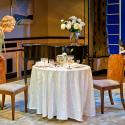As autumn turns to winter and we enter “the dark half of the year”, National Theatre Wales opens its second season with a 16-show tour of village halls around the Principality. This is a time when the portal between ordinary life and the spirit world is traditionally opened up but The Village Social, written and directed by Dafydd James and Ben Lewis, does not so much leave the door ajar as, for one night only, kick it down and allow the darkest imaginings of an entire community to run riot in this most innocuous of environments.
In keeping with the admirable precedent NTW established during an acclaimed debut season that began two years ago with A Good Night Out in the Valleys touring South Wales’s working men's clubs and miners’ institutes, the show is being taken to a diverse range of communities right across Wales. The action takes place in the fictional community of "Cae Bach" (Welsh: "little field"), which bears more resemblance to Royston Vasey, the northern English village in BBC comedy The League of Gentlemen, than Llangwm, Llandinam, Llansilin or any of the other actual places the piece will visit. The Village Social is bewilderingly surreal, but the shrieks of raucous laughter that accompany much of the carnage are further evidence of an appetite for well-produced professional shows in every so-called backwater of a once theatre-starved nation.
Welsh village halls will seldom have witnessed more memorable nights
Despite a slow beginning and an occasionally creaky script, the cast ably depict an eccentric village hall committee, led by a standout performance from Darren Lawrence as chairman; the illusion is given of an amateur shambles, but there is enough magic created in the folksy fiddle music and “autumn glamour” of the glitzy homespun décor to keep us primed for the main event, the arrival of a “special guest”, a fortune teller called Madam Isis. There are also just about enough hints about “recent gruesome events” and the sudden departure of travellers and their caravans to give an unsettling undercurrent to the professed aim of an evening of wholesome, normal fun.

It is farcical, occasionally hilarious and often just plain weird - among the second half’s succession of grand re-entrances, a blood-spattered old woman on a motability scooter is crowned by a beheaded dog - but despite its glossy design and production values, The Village Social never quite attains the profundity it wants for itself. There are strong vocal performances from each of the cast and the satisfying sense that the piece is somehow too big for its tiny venues. But the play sets itself up as more. It wants to explore the places between darkness and light, between autumn and winter, between humans and animals. It wants to be about the primordial power of music and the ways in which mob mentality has, throughout history, brought shame on communities through the despicable treatment of individuals. In the end, however, the play is too busy being ridiculous to give any of these themes more than passing attention. Ridiculous in a good way, perhaps – certainly Welsh village halls will seldom have witnessed more memorable nights – but ridiculous nonetheless.
- The Village Social (NTW15) is on tour in Wales until 12 November














Add comment